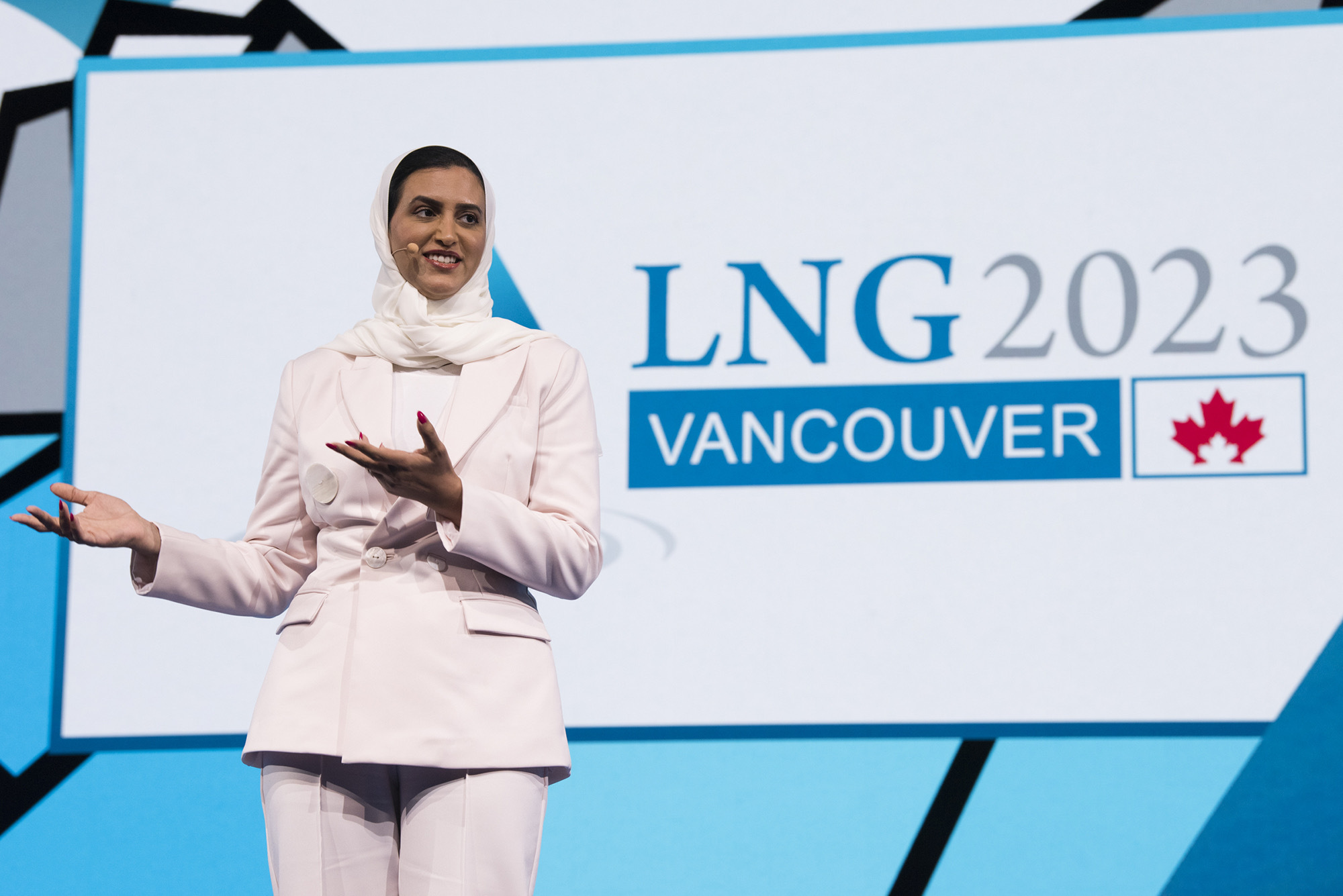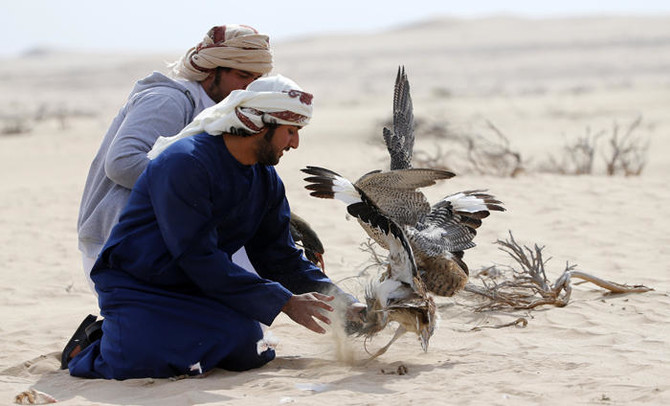The conference takes place every three years, with the host country alternating between exporters and importers of LNG.
Qatar is set to host a major global liquified natural gas (LNG) conference, authorities confirmed on Monday, as new figures showed the country’s LNG liquefaction plants exceeded their operational capacity in 2022, with operations standing at 107%.
The international conference in 2026 will coincide with the start of the multi-billion North Field LNG expansion project, the largest of its kind in the energy’s industry.
Qatar will be the venue for the 21st International Conference & Exhibition on Liquefied Natural Gas, known as “LNG 2026.” The event is a significant global gathering in the LNG industry and highlights the continuous growth and advancements in the sector worldwide.
The conference takes place every three years, with the host country alternating between exporters and importers of LNG. It is organised jointly by the International Gas Union, the Gas Technology Institute, and the International Institute of Refrigeration.
“On behalf of His Excellency Mr. Saad Sherida Al-Kaabi, the Minister of State for Energy Affairs, the President & CEO of QatarEnergy, and on behalf of all of us in QatarEnergy, we welcome you to Qatar and look forward to engaging in a meaningful discussion on how LNG can better serve the world and how to ensure equitable access to energy, and greater energy security for all,” said Lolwa Khalil Salat, QatarEnergy’s Manager of Public Relations and Communication during the event in Canada.
Meanwhile, the ‘2023 World LNG Report’ by the International Gas Union (IGU) showed the utilisation rates of liquefaction plants in the Middle East were notably high during the year, and apart from Qatar, the United Arab Emirates came second in the region with operations standing at a capacity of 99%.
By the end of 2022, the global operational liquefaction capacity reached 478.4 million tonnes per year (MTPY), and the average utilisation rate of this capacity was 89% of the pro-rated capacity. This was a significant increase compared to 80.4% in 2021.
The higher utilisation rates of global liquefaction plants were primarily a result of increased LNG imports in Europe following the Russia-Ukraine conflict that began back in February 2022.
Europe turned to LNG to compensate for reduced piped gas flows from Russia. However, some export facilities faced challenges and operated below average.
Consequently, operational liquefaction facilities ramped up LNG production to fulfill the surging European demand, resulting in a significant price premium compared to other regions around the globe.
European countries last year turned to Qatar at the onset of the Ukraine crisis as they scrambled to ditch their reliance on Russian gas. The region previously received 40% of its gas supplies from Russia as almost a third of its shipments passed through Ukraine.
Despite outages and supply disruptions, nine out of the 22 LNG exporting markets achieved higher-than-average utilisation rates in 2022. Apart from Qatar and the UAE, these markets included Cameroon, Papua New Guinea, Russia, Oman, Equatorial Guinea, the United States, and Australia.
Separately, the Gulf state’s energy minister said last week Qatar is set to dominate 40% of all the new LNG that will enter the market by 2029 due to its mega energy projects.







